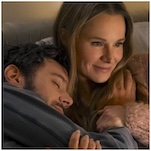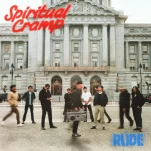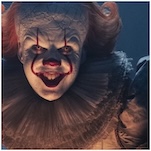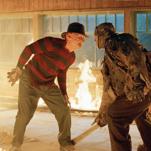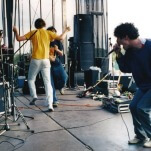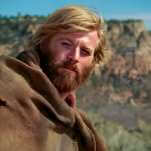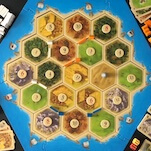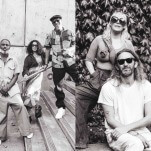Film School: Yojimbo and A Fistful of Dollars
Subscriber Exclusive
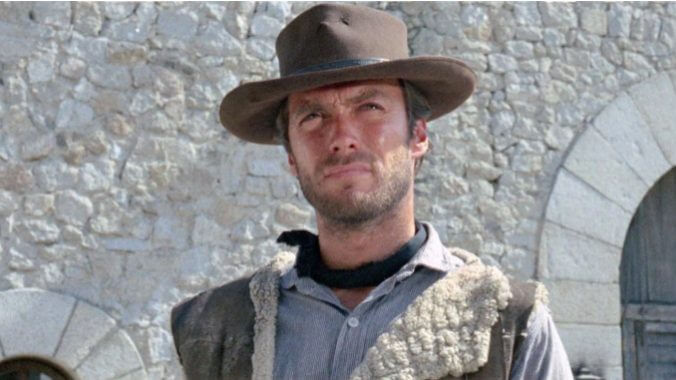
Welcome to Film School! This is a column focused on movie history and all the stars, filmmakers, events, laws and, yes, movies that helped write it. Film School is a place to learn—no homework required.
Not all remakes are authorized. The legendary Akira Kurosawa was confronted with this one day in 1964, when he sat down to watch the latest film from the not-yet-legendary Sergio Leone, A Fistful of Dollars. What he saw must have given him déjà vu.
A man without a name wanders into a ramshackle town. He learns, from an innkeeper who will become his greatest ally, that two rival gangs control the place. Incessant violence between them is making life unliveable for everyone else.
-

-

-

-

-

-

-

-

-

-

-

-

-

-

-

-

-

-

-

-

-

-

-

-

-

-

-

-

-

-

-

-

-

-

-

-

-

-

-

-

